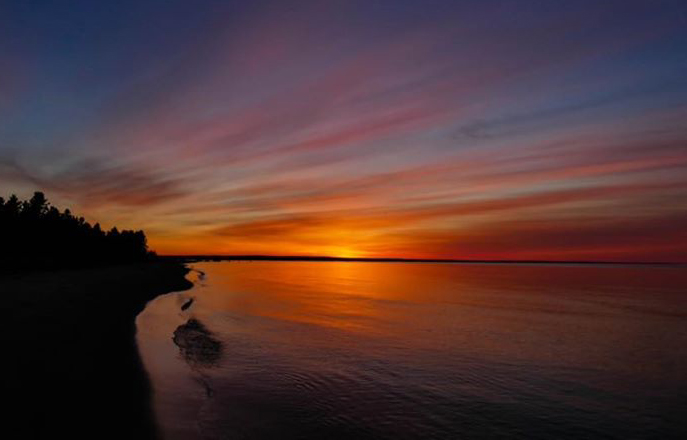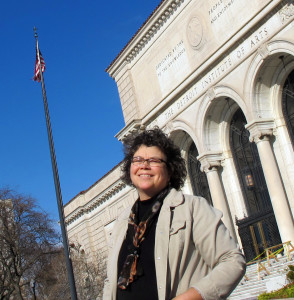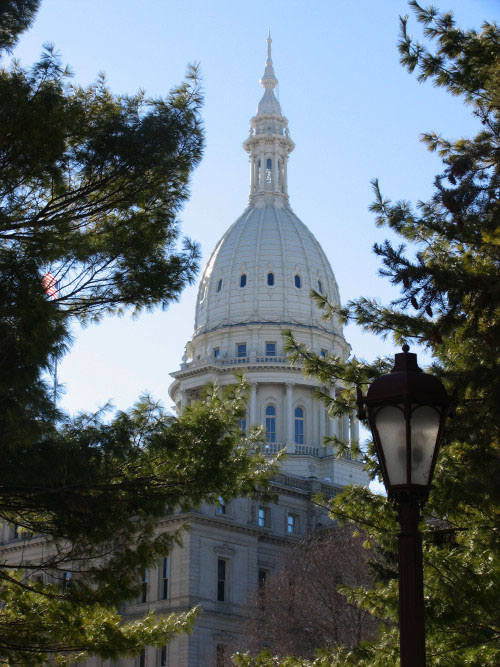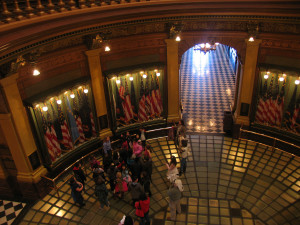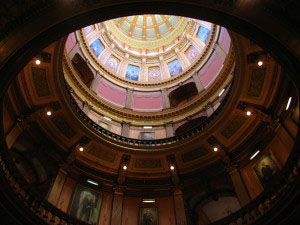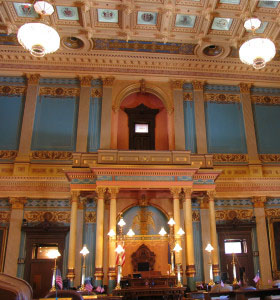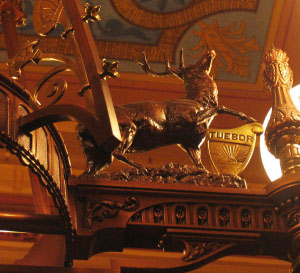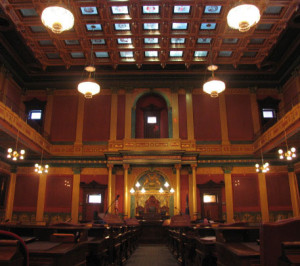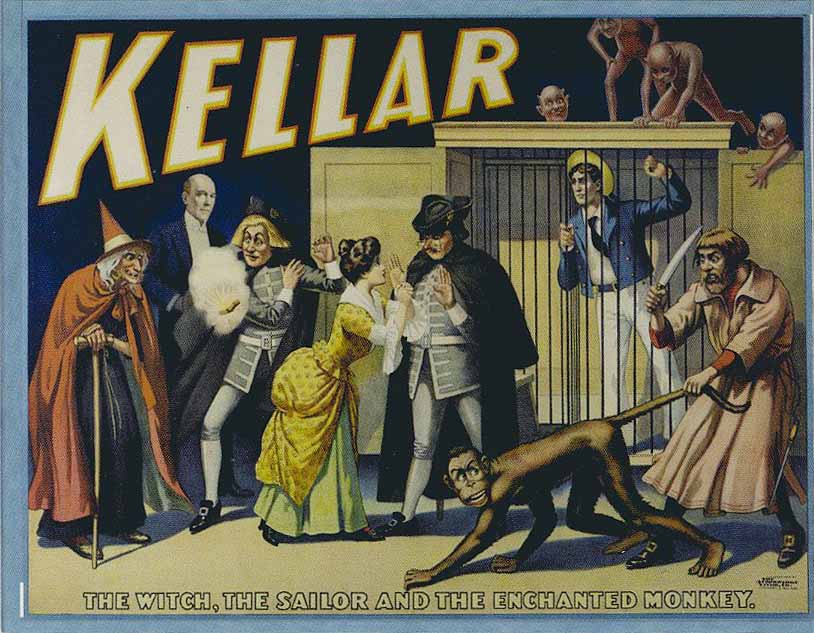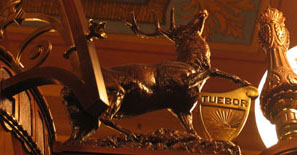
Dome Sweet Dome: Tour the Capitol in Lansing
You don’t have to be a protester rallying for a cause or a grade school student on a class field trip to walk the marble floored halls of Michigan’s State Capitol in Lansing. Take a free, weekday tour of the elegant building to admire the architecture and learn something of the history of the Great Lakes State.
It was on January 26, 1837 that President Andrew Jackson granted Michigan statehood, adding the 26th star to Old Glory. But the designation didn’t come easy, thanks to a struggle over a strip of land along the Ohio border.
The Toledo War was resolved with the disputed ground going to Ohio and Michigan receiving the Upper Peninsula (U.P.) as a sort of consolation prize (see below for a link to related post). 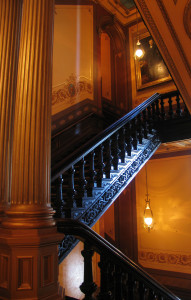
Detroit served as Michigan’s capital from 1837 to 1847 when that designation went to Lansing, a small settlement about 90 miles northwest of the city.
The mid-Mitten location wasn’t everyone’s first choice for the seat of state government. Ann Arbor, Grand Rapids, Jackson and Marshall were contenders. Even Calumet, the booming copper mining city in the far reaches of the U.P., was discussed (just how seriously is a matter of debate).
A temporary capitol building was built in 1847 and by 1871 plans were underway for a permanent structure.
The cornerstone for the elegantly domed, brick and sandstone structure was laid in 1873; construction was completed in late 1878 and the official dedication took place on January 1, 1879.
Architect Elijah E. Myers had a budget of $1,200,000 and instructions not to use “superfluous ornamentation” in construction of the state’s third and permanent Capitol.
Obviously, the definition of “superfluous” was different in the 19th century because this building, with a dome that reaches 267 feet high, is rich with detail and decorative arts. Myers went a bit over budget and spent nearly $1.5 million on carved wooden doors, ornamental mouldings, pillars, columns, etched glass, murals, marble floors and metal hardware, fixtures and accents.
Highlights for me include:
- the colors and ornamentation of the elegant rotunda
- the lit-from-below glass block floor (go ahead, lie down and look up into the dome)
- portraits of each of the former governors ringing the second and third floors of the rotunda
- etched glass ceiling panels in the House and Senate Chambers
- chandeliers featuring symbols from the state coat of arms
- the Michigan pine woodwork meticulously painted to look like the more expensive walnut—supposedly among the finest examples in the U.S. of this artistic technique
The striking building underwent extensive restoration from 1988-1992 and was rededicated on November 19, 1992.
It is among the dozen state capitol buildings, along with the U.S. Capitol, that are designated as National Historic Landmarks.
You can look around the building on your own, but the free, hour-long guided tours are informative and are offered from 9 a.m.-4 p.m., Monday through Friday. Groups of 10 or more must schedule tours in advance. Click for details.
Check the website for parking and accessibility information.
Related: The swap of the Toledo Strip for the Upper Peninsula
State Capitol
115 W. Allegan St., Lansing, Michigan
(517) 373-0170
Area A on map
Visitor Info Clicks:
Lansing
Pure Michigan
All stories and photos copyright Kath Usitalo unless otherwise noted




